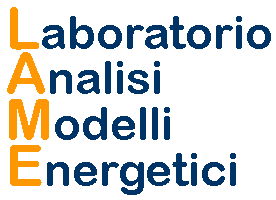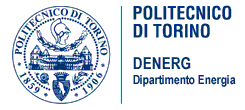TRM Torino
The hazard and the lanscape planning
The major hazard plants should ideally be sited at a safety
distance from all the urban centres and all the areas characterised
by high environmental sensitivity. No vulnerable settlement should
be allowed in areas that may be potentially interested by an
accident; in principle, suitable safety distances should be
respected in order to protect man and environment from any hazardous
event. Nevertheless, it looks quite hard to insert new installations
into an existing texture without increasing the risk for the
neighbouring population especially if the texture is quite rich in
inhabitants.
Then it is necessary to develop territorial planning policies to
respect the economical and social objectives as much as those
related to the safety, keeping into account, while establishing the
distances between the plants and the external activities,
sustainable requirements that would allow for their application.
The adequacy of the separation distances may depend both on the risk
source (the kind of installation, the substance involved, the
technology adopted, the management strategy) and on the
vulnerability of the environment in the area interested by the
possible accident. Also the level of safety prevention required
varies according to the socio-economical context in which the hazard
is perceived and to the availability of activities and use of the
territory alternative to those presently existing. In certain
situations, the hazards can only be accepted when they are balanced
by certain advantages for the population, such as occupational
advantages, economical compensation measures for losses in the value
of the properties around the plants.
It is crucial, then, to identify the role of the territorial
planning as an essential factor in the management and mitigation of
the technological risk. The planning can help in the solution of a
series of aspects like:
- the identification of the criteria to verify the compatibility of the major hazard plants with the territory;
- the distribution of the competences on the topic and the definition of the discretional margin left to the decision-maker on each single case;
- the study of the kind of technical support necessary to the decisional process and to the identification of the bodies which should provide it;
- the definition of the population participation modes;
- the integration of the risk factor in the planning procedures that already exist;
- the verification of the coordination modes in the territorial planning with other controls on the hazardous installations (workers protection, environmental impact evaluation, emissions control).
Picture 1: risk scenarios


